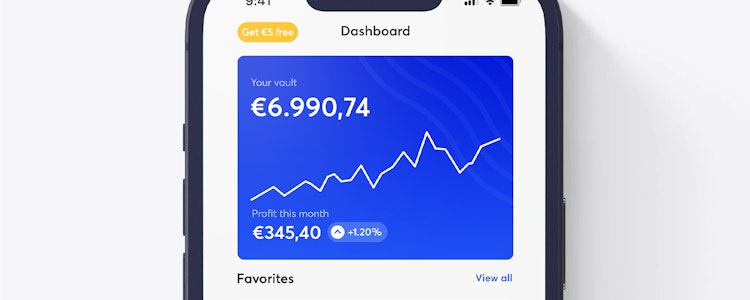News - How Lightning is driving Bitcoin adoption
By
How Lightning is driving Bitcoin adoption
Microstrategy, Twitter, El Salvador - all of these use cases are contributing significantly to Bitcoin adoption. But Bitcoin has always struggled with high costs and slow transaction processing. How Bitcoin's scalability is changing with Lightning and what Bitcoin investors need to know now.
Bitcoin advocate Michael Saylor integrated the Lightning network into his MicroStrategy email address in April. Through a tweet Saylor showed how the first Satoshis were successfully sent to him at saylor@microstrategy.com. Twitter has been pushing Lightning since 2021: followers can send tips in the form of the cryptocurrency. To do so, Twitter uses an interface with the provider Strike, whose app is already available in parts of the U.S., Argentina and El Salvador. Reading that last country may not be surprising, especially since the Central American state has declared BTC an official means of payment.
A series of such use cases carried by Bullrun 2021 led to an initial acceptance boost for the Lightning network. And yet, even among crypto enthusiasts, the spread of Lightning is very much delayed.
The concept is good, but still in its infancy
Lightning is a second layer network for Bitcoin over which transactions are outsourced. Lightning consists of a series of innumerable payment channels that connect participating nodes. Through these payment channels, any number of transactions can be sent back and forth in near real-time and with low cost, without burdening the cryptocurrency's blockchain.
But although more than five years have passed since the introduction of Lightning, the network is still in its infancy. One reason for the hesitant spread is usability. For example, it requires a Lightning wallet and a Bitcoin wallet to be compatible with each other. Another disadvantage is the limited liquidity between the payment channels. Namely, if there is too little Bitcoin fixed in the network, the channels can only be used to a limited extent.
Furthermore, there are unresolved issues and security concerns along so-called routing, where transactions are routed across multiple channels. Third-party providers, such as wallet, payment and liquidity services, increasingly mitigate many of the aforementioned challenges, but increasingly contribute to the loss of network decentralization, which is a crucial criterion, particularly among Bitcoin proponents.
How Lightning affects Bitcoin's success?
Lightning has the potential to provide Bitcoin with the scalability it lacks. For example, the network could provide existing companies like VISA with a censorship-proof alternative. Lightning's popularity, however, depends not only on development within the network, but also on the success of Bitcoin itself:
As Bitcoin prices rise, there will be more demand for small- to medium-sized payments in satoshis. It is precisely these everyday payments that Lightning could cover. However, one thing should not be overlooked: How will Bitcoin holders cope with Bitcoin's mass adoption?
If Bitcoin were to be used much more as digital gold with a value storage function and hardly at all as an everyday medium of exchange (currency), then a standardised level of payment such as Lightning offers would be obsolete. However, it seems reasonable to assume that Lightning could help Bitcoin become a new kind of hybrid asset class, establishing both the idea of an alternative money system and the idea of a digital store of value.
And that, in short, would benefit both networks.






